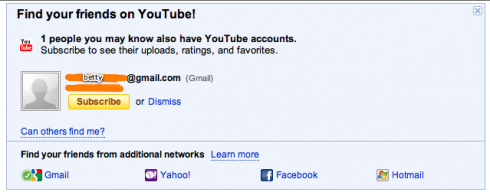Quite a few years ago now I spent many months thinking and working on the Internet Identity standardization. At the time we spent a lot of energy on what we called “account linking.” We blocked out lots of scenarios; for example linking the account at your stylist to your account at the tailor so your color preferences could move back and forth between them. I don’t believe I saw this scenario coming.
In all the scenarios I recall working on the end-users had relationships with vendors, called accounts, and the idea was to create schemes that enabled vendors to flesh out their model of the end-user by trading data with each other. In the best case they would do that after getting the end-user’s permission.
Alice might have accounts with Sam and Tom; account linking would enable Sam and Tom learn more about Alice by exchanging info in their account records. Better to ask Alice to permit that, absent that permission Alice, and I, call that gossip. Sam and Tom are talking about her behind her back. The intent of these designs was, and is, to make Alice comfortable before she notices that Sam is pitching products to her based on info that only Tom could have known.
In the above screen capture YouTube is offering me gossip about Betty. In effect YouTube is saying “I know something about Betty you don’t know.” The mind boggles at how many different ways YouTube and it’s parent, Google, might have come to know of my interest in Betty. For example possibly GMail told YouTube; or DoubleClick. Maybe they scrapped Twitter’s friend network, Twitter makes no effort to protect that data.
Maybe …. this is really about the old kind of account linking. They want to exchange info with other vendors and they are hoping I’ll hit those buttons across the bottom of the dialog.
Of all the things I might subscribe to, and all the things that Google knows about us, how in the world did product management (sic) at Google pick this one?
